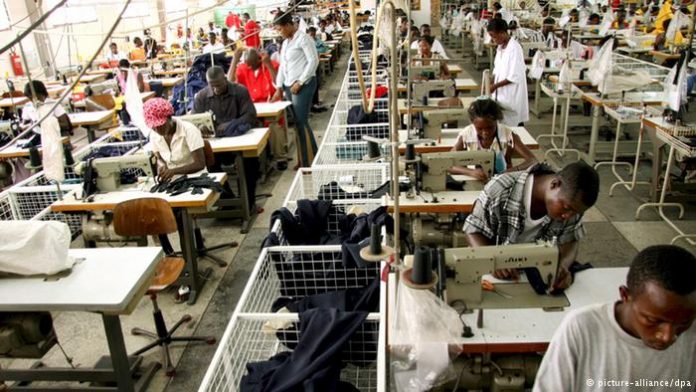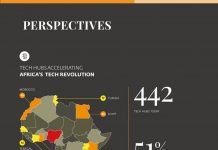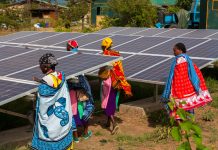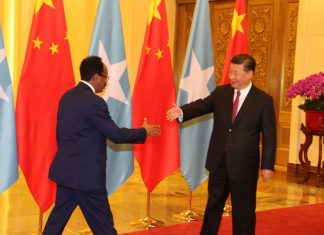In a move to diversify their supply chain around the world, U.S. apparel and footwear companies, including manufacturers and retailers, increasingly are looking to sub-Saharan Africa as a sourcing location.
Requests for information about opportunities and the dynamics of doing business there led the American Apparel and Footwear Association, the industry’s leading advocacy group, to include two Africa-related webinars in its Global Access Series: “Exploring Africa Trade” and “Understanding AGOA.”
The association will be leading a series of educational seminars in June at Source Africa 2014, the pan-African trade show for textile, apparel, and footwear manufacturers.
Angela Dean, director of global business development at Partner Africa, a social enterprise nonprofit based in Nairobi, Kenya, that provides ethical audit and assessment services, as well as capacity building and training, and reinvests its profits into trade development projects, spoke at the “Exploring Africa Trade” webinar in February. (Read Dean’s “Common Supply Chain Issues” here.)
Below Dean describes five major challenges that Partner Africa and its client brands and retailers experience in Africa and steps that can be taken to mitigate those challenges.
Communication. “The biggest challenge we face on a daily basis is communication. This is due to poor Internet and phone services, language barriers and cultural differences.”
Invest time. “If you plan to have a call that you hope is going to take 30 minutes, schedule an hour because it’s more likely that to actually get through the things you need to with the challenges of the call, of Internet connection jumping in and out, it will definitely take twice as long.”
Set up multiple ways of communication and always have those on hand. “ If you’re having a conversation over Skype, always make sure that you have a phone line, and also a cell phone, in case one of those jumps out and you need to jump back on the call pretty quickly.”
Put yourself in a quiet room. “In some cases we have calls with multiple countries and it’s often very hard to do if you’re sitting in a noisy office, or if someone else is sitting in a noisy office. It sounds very simple, but if you can put yourself in a quiet room it’s much easier to get through those language barriers, those communication barriers.”
Poor infrastructure. Not having good enough roads to be able to transport goods from point A to point B is a key challenge.
“Solutions are in place for that right now and often this is linked to other industries. For example, there is a significant amount of investment in the oil industry and across East Africa and also in the West and often much of that is being paid for by putting in new infrastructure. Ethiopia is a prime place for this right now.”
Slow pace of business. Africa is not a fast-paced business culture, which can be quite difficult, given deadlines people have.
“Some of the brands we work with have opted to use intermediaries on the ground. These are individuals who have strong relationships already with some of the supplier sites and understand the problems and the issues. They’re able to target those before they actually come up. They can deal with all of the barriers that we mentioned before and communication and language and cultural differences. It’s often a way around speeding up the process.”
Unavailability of inputs. Particularly for the apparel industry, not having a full range of inputs that are available locally has resulted in very little full production.
“This is changing, but it’s changing slowly. I know, for example, there’s been significant investment in the development of vertical supply chains. One country is Ethiopia, where that is actually being put in place right now.”
Poor speed to export. Speed to export is often poor due to multiple border posts. “This is a situation where you’re trying to cross a border and you have to go through first of all the processes and customs on one side, and then you travel half a kilometer and you have to do the whole thing over again, against sometimes different standards.
“A couple of governmental initiatives, supported by USAID, are providing a single-entry process whereby there is one form, one check, instead of having to go through the whole thing twice. This is quite complicated and it does require a multi-stakeholder approach. But in some places where this is up and running, it is working.”













